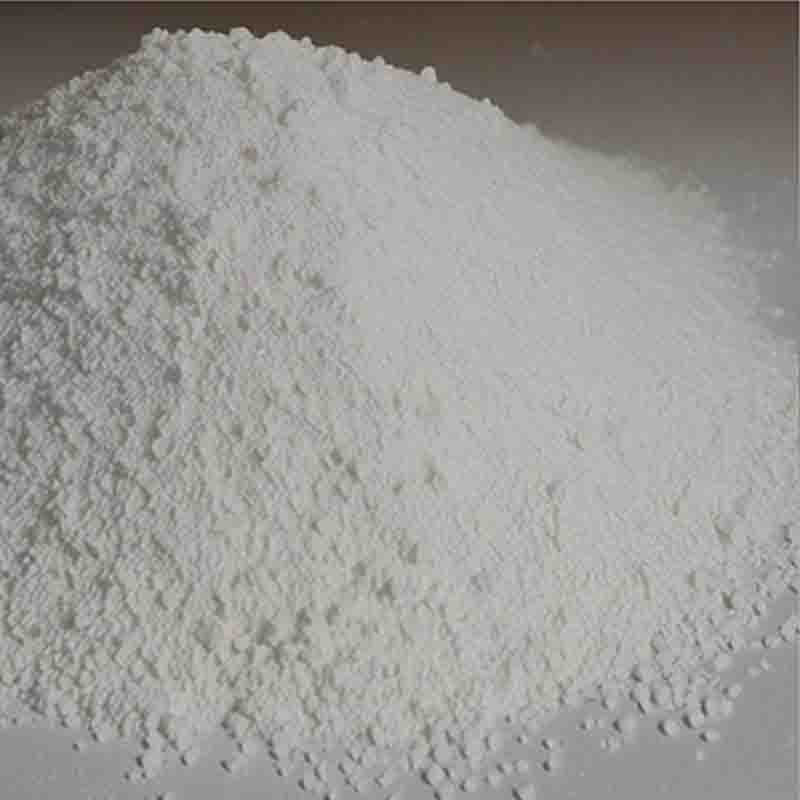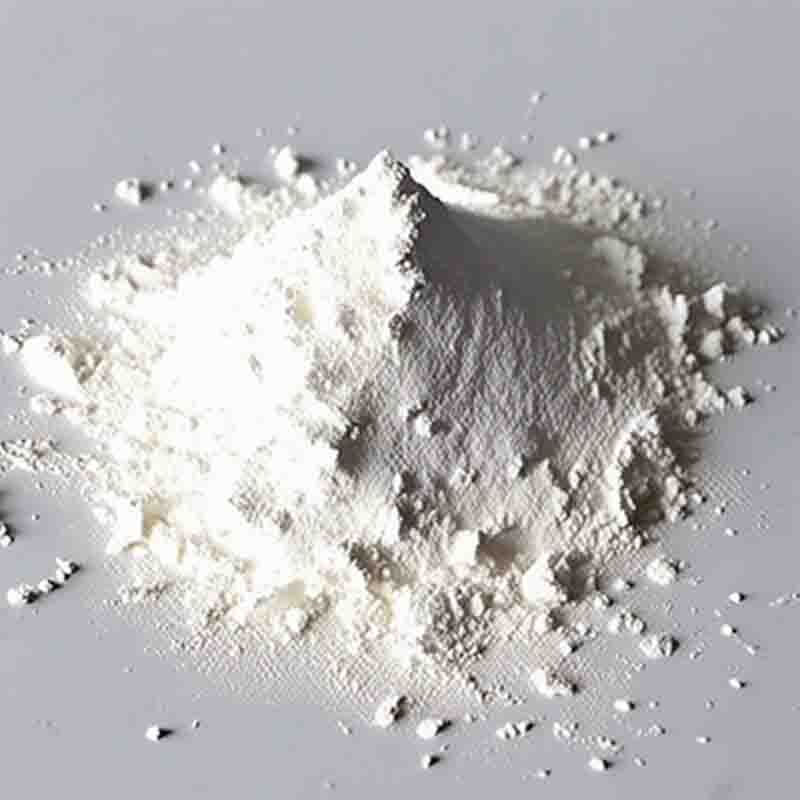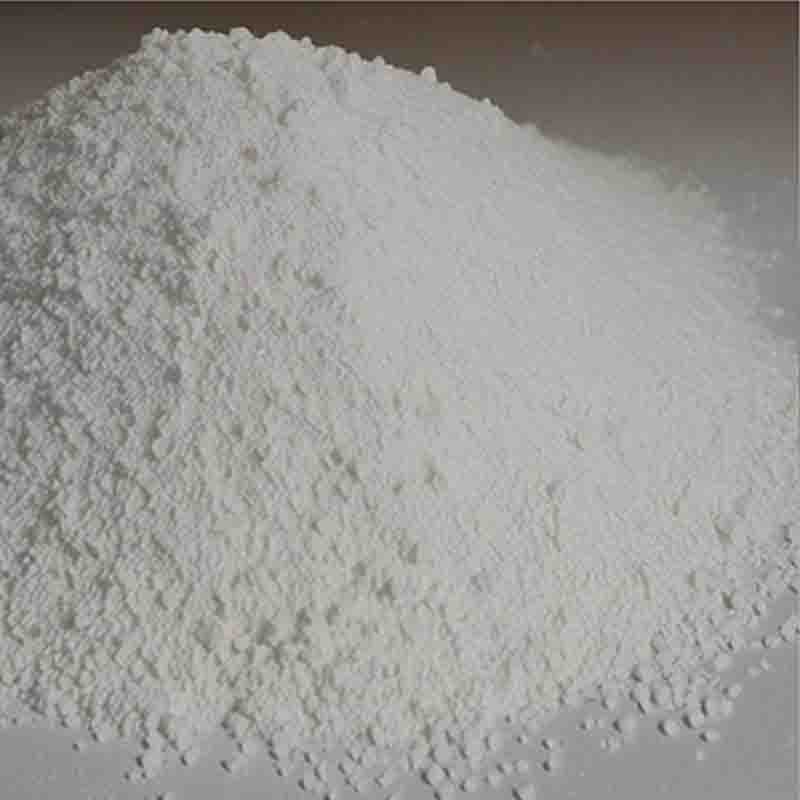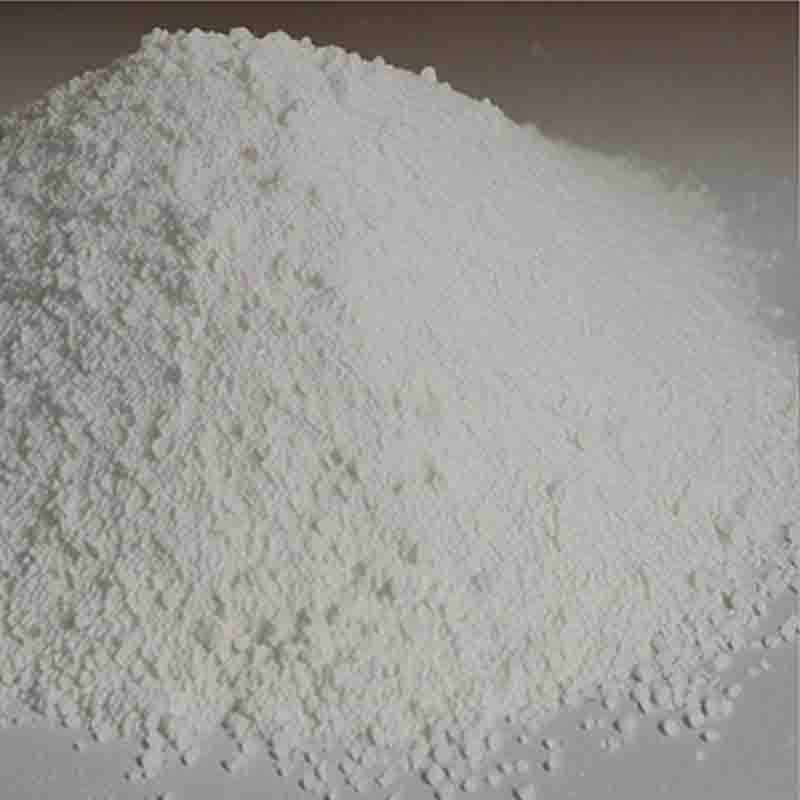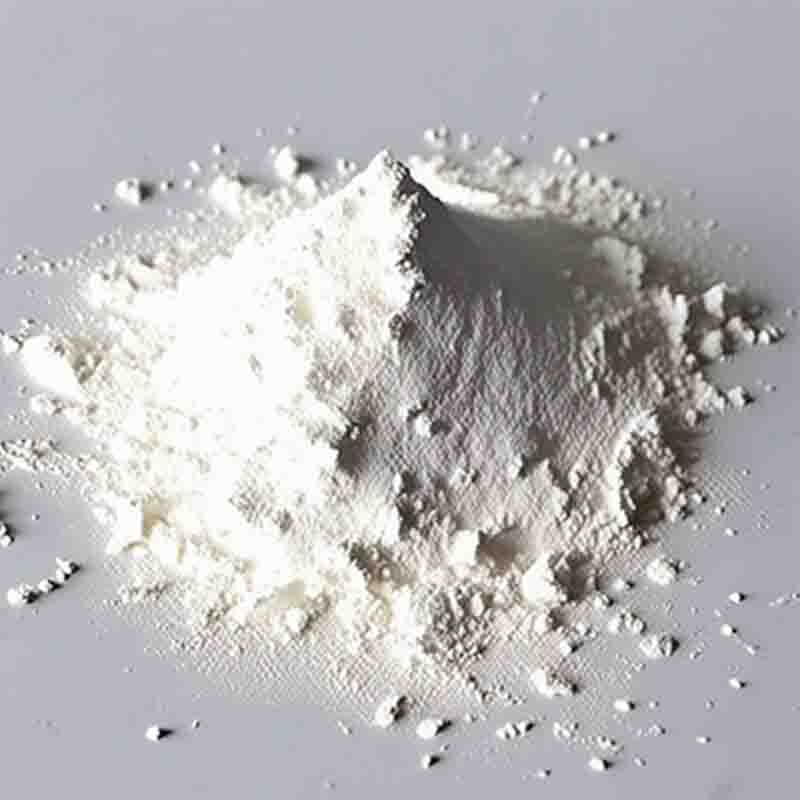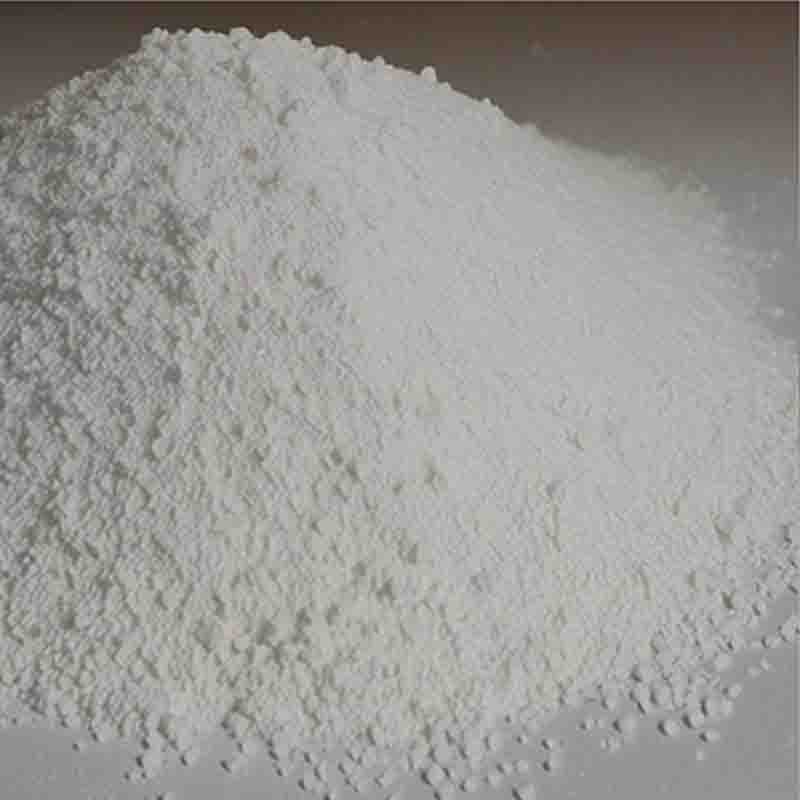Triethylsilane CAS: 617-86-7
| Catalog Number | XD94183 |
| Product Name | Triethylsilane |
| CAS | 617-86-7 |
| Molecular Formula | C6H16Si |
| Molecular Weight | 116.28 |
| Storage Details | Ambient |
Product Specification
| Appearance | White powder |
| Assay | 99% min |
Triethylsilane, also known as TES, is a versatile organosilicon compound that finds numerous applications in organic synthesis and industrial processes. It is a colorless liquid with a faint odor.One of the primary uses of Triethylsilane is as a reducing agent. It is commonly employed in various reduction reactions, such as the Clemmensen reduction and the Wolff-Kishner reduction. Triethylsilane is capable of reducing carbonyl compounds, such as aldehydes and ketones, to their corresponding alcohols. This reaction is important in the synthesis of pharmaceutical intermediates, fine chemicals, and natural product synthesis. Triethylsilane is a mild and selective reducing agent, providing reliable results without unwanted side reactions.TES is also utilized as a protective agent and a silylation reagent. It can be employed to protect sensitive functional groups during organic synthesis. Triethylsilane reacts selectively with certain functional groups, such as alcohols, amines, or thiols, to form silyl ethers, silyl amines, or silyl thioethers, respectively. The resulting silyl derivatives protect these functional groups from undesired reactions or transformations. This strategy is crucial in multi-step organic synthesis and is commonly used in the preparation of complex molecules, such as natural products, pharmaceuticals, and agrochemicals.Furthermore, Triethylsilane is employed as a hydrogen source in various catalytic reactions. It can act as a hydride donor in the presence of transition metal catalysts, facilitating hydrogenation or dehydrogenation reactions. This usage is particularly significant in the field of homogeneous catalysis, where hydrogen gas may not be a desirable or efficient hydrogen source. The ability of Triethylsilane to generate hydride ions makes it a valuable reagent in diverse catalytic transformations, including C-C bond formation, C-H activation, and asymmetric syntheses.Additionally, TES is utilized as a source of silicon in material science and nanotechnology. It can be employed in the synthesis of silicon-containing polymers and hybrid materials. Triethylsilane reacts with various precursors, such as silanols or siloxanes, to form silicon-based polymers, coatings, adhesives, and composites. These silicon-containing materials often possess unique properties, such as enhanced thermal stability, improved mechanical properties, or modified surface characteristics, making them useful in a broad range of applications.In summary, Triethylsilane (TES) is a versatile compound with numerous applications in organic synthesis, catalysis, protective chemistry, and materials science. Its roles as a reducing agent, protective agent, hydride donor, and silicon source make it an essential reagent in various industries. TES enables the synthesis of complex molecules, the modification of organic compounds, and the production of innovative materials with tailored properties. Its ease of use, selectivity, and efficiency make it a valuable tool for chemists, researchers, and industrial processes.


